Could changes to building organization reduce the chance of disease spread? This question was explored in this project which developed a computational design-support tool to test safe-distancing measures enforced during the COVID-19 pandemic. The tool models scenarios for congestion in migrant worker dormitories (these dormitories experienced high rates of COVID-19 transmission in 2020.) Building from agent-based and network based computational simulations, the tool presents a hybrid method for simulating building resident movements based on known or pre-determined schedules and likely itineraries. This hybrid method affords the design tool a novel approach to simultaneous explore spatial and temporal design scenarios.
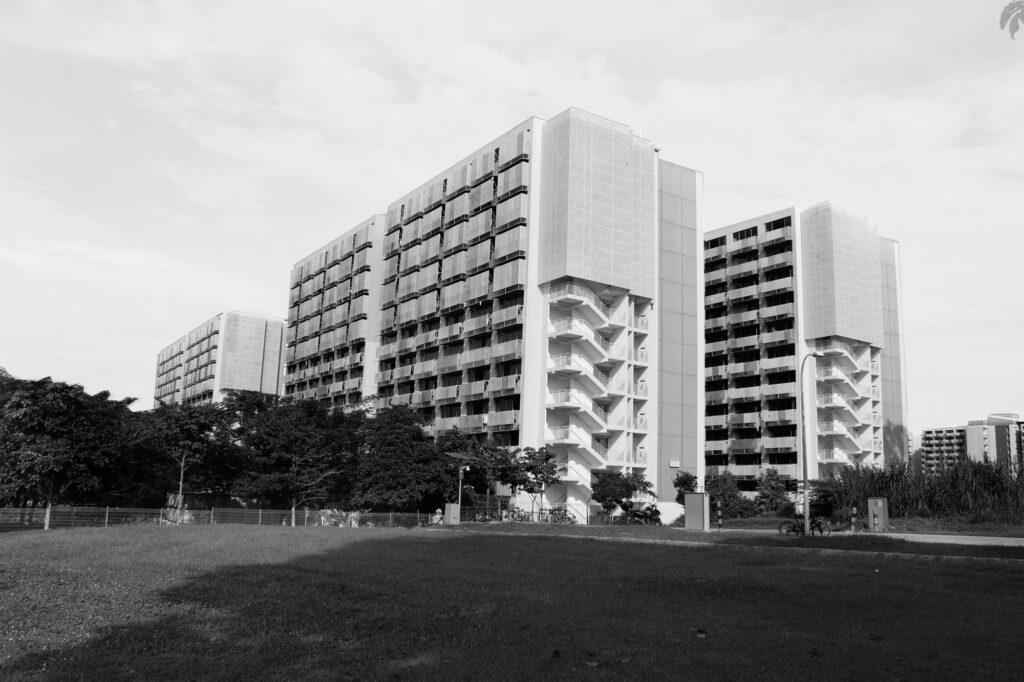
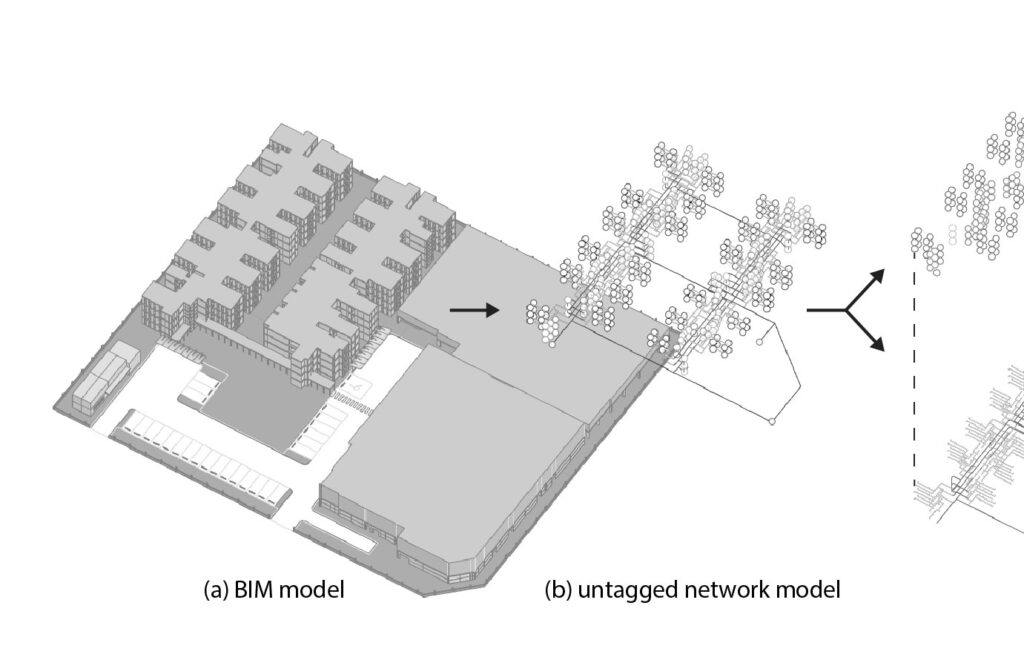
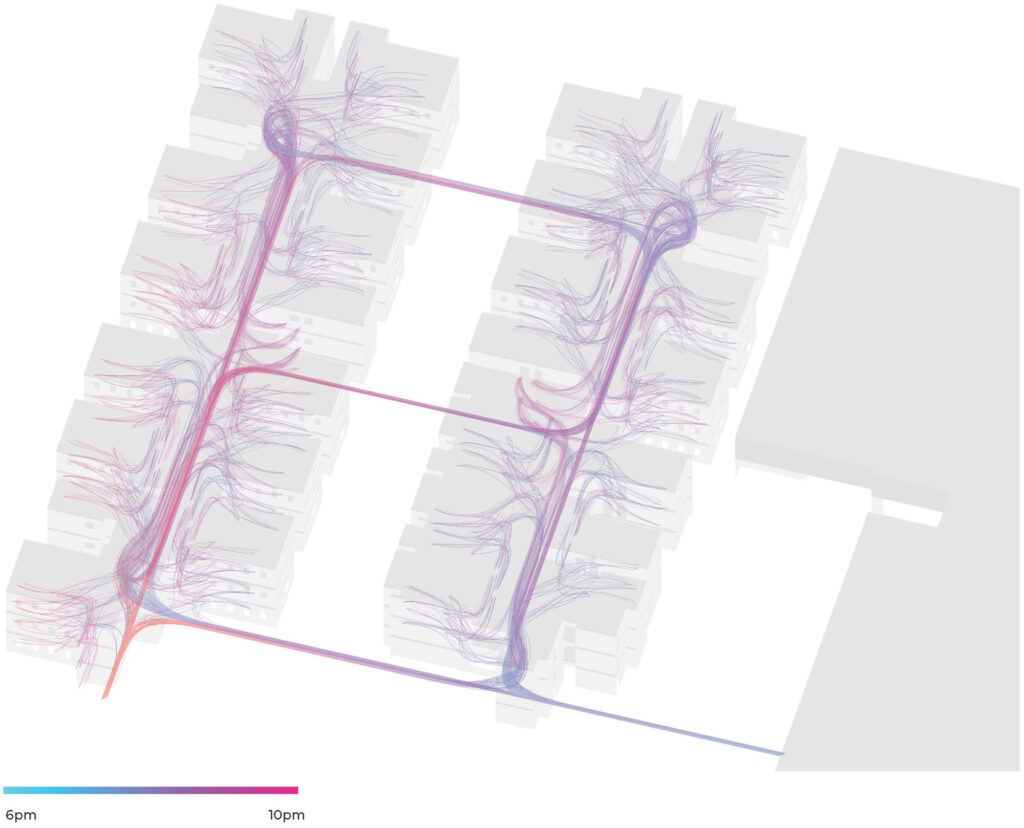


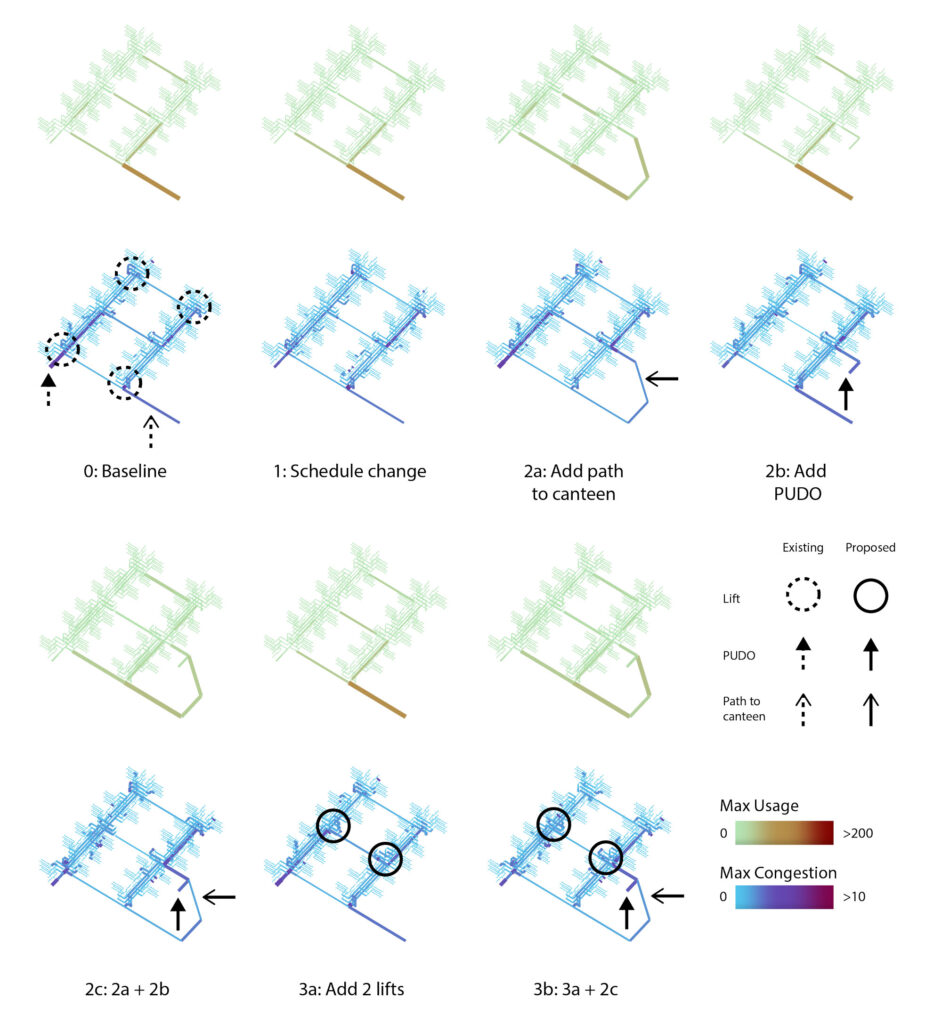
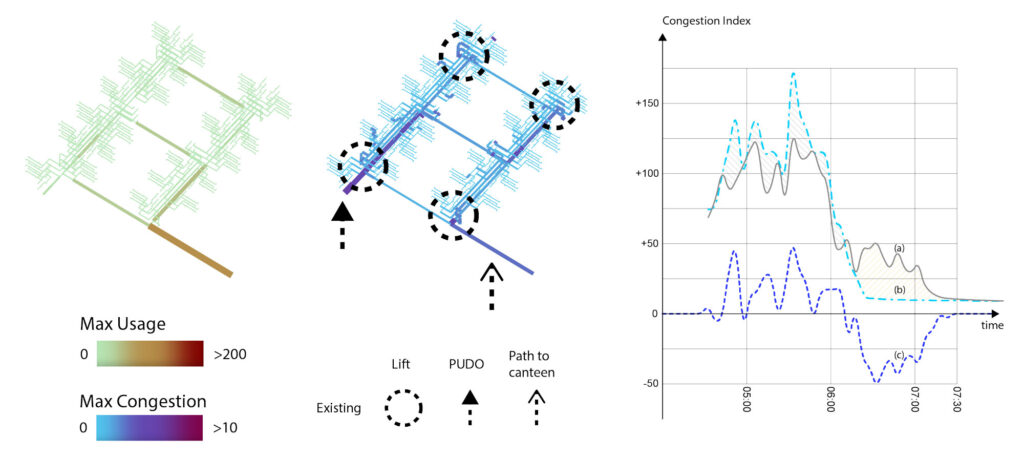
Credits:
PI F Peter Ortner
PhD Student Tay Jing Zhi

